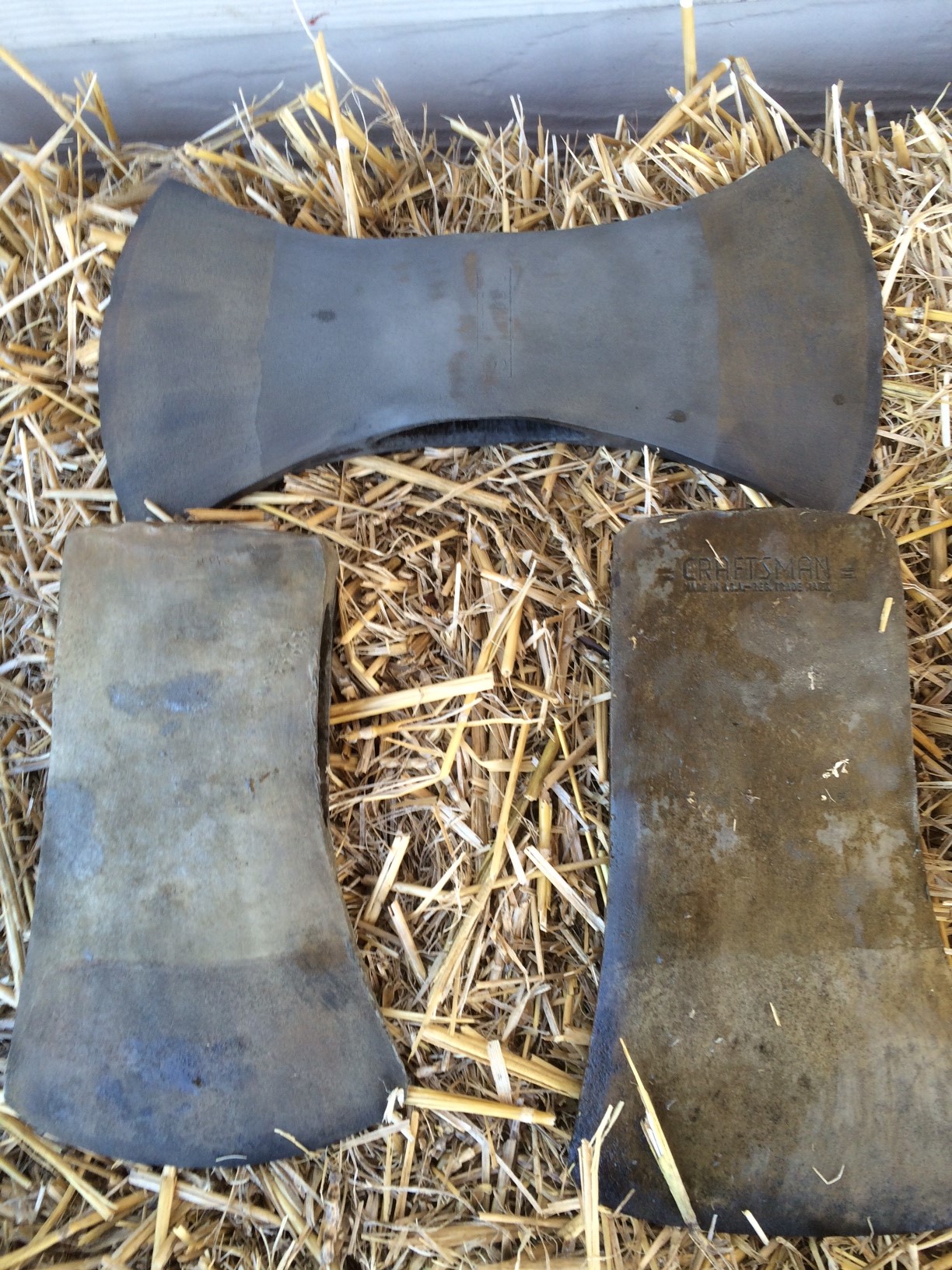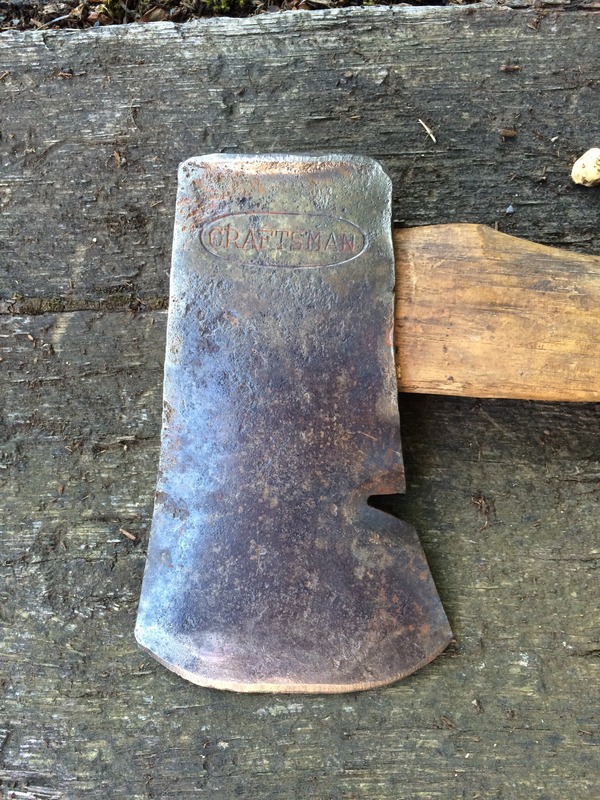As a newbie to axe restoration, I have been told to vineger soak the rusty, crusty heads.
I have done this with very good results.
It makes the heads look new, removing the rust to bare metal and revealing the heat treatment lines, (or lack there of), left on the heads.
But I have noticed more than once now, that a few guys here advocate not using vineger, instead to use a wire wheel, saying it leaves a nice patina.
Other than the way it looks when finished, is there any other reason NOT to use the vineger method?
To me, with my limited knowledge, it seems a lot less work, less mess, and if you don't leave it in too long so it doesn't pit the metal, leaves the head like new.
This would then allow you to paint or even blue the head with better results.
So, please guys share your knowledge and opinions for us newbies just getting into this fascinating hobby.
I have done this with very good results.
It makes the heads look new, removing the rust to bare metal and revealing the heat treatment lines, (or lack there of), left on the heads.
But I have noticed more than once now, that a few guys here advocate not using vineger, instead to use a wire wheel, saying it leaves a nice patina.
Other than the way it looks when finished, is there any other reason NOT to use the vineger method?
To me, with my limited knowledge, it seems a lot less work, less mess, and if you don't leave it in too long so it doesn't pit the metal, leaves the head like new.
This would then allow you to paint or even blue the head with better results.
So, please guys share your knowledge and opinions for us newbies just getting into this fascinating hobby.



